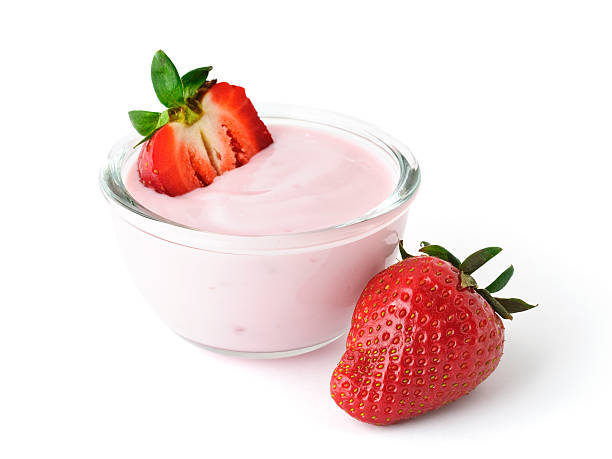In September 2006, I moved to Copenhagen, Denmark, on a temporary assignment with BCG. As one does when arriving somewhere for an extended period, I went to the grocery store to stock my kitchen.
Since the grocery store was on the ground floor of my building, I bought enough food for a few breakfasts and dinners, made note of the other offerings for future trips, and learned through painful public embarrassment that one must purchase grocery bags (and those bags are nowhere near the checkout lane).
The following day, yogurt was on the menu, and I grabbed the first of the three options I had bought the previous day – a small container of strawberry yogurt.
My heart sank when I peeled off the top.
Instead of super healthy, organic, natural (I’m in Scandinavia, for crying out loud!) yogurt, the stuff in my cup was a rather suspicious beige with dark brown flecks.
Stifling my instinct to dry heave, I chucked the cup into the garbage, along with the five other cups in the clearly spoiled pack, and pulled Brand #2 out of the refrigerator. Surely, this strawberry yogurt would be safe to eat.
But it, too, was beige. A lighter beiger and without the disturbing brown flecks. But still beige.
“You’ve got to be kidding me,” I muttered. Admittedly, the grocery store was more of a glorified convenience store, but c’mon, how hard is it to keep track of Sell By dates?
Into the garbage, it went. Out of the refrigerator came Brand #3 (Yes, I take a portfolio approach to innovation AND food purchases)
Closing my eyes and saying a quick prayer to both the grocery and yogurt gods, I peeled open the yogurt. Not beige but a slight hint of pink, just enough to reassure me that it contained strawberries and hadn’t curdled but not so much that I suspected an American-amount of food coloring.
Later that day…
At lunch, my new colleagues asked how I was settling in. I regaled them with my “bumbling American experiencing culture shock in a country where she looks (and is initially treated like) a local” stories.
As we gathered up our dishes and returned to the kitchen, I commented that I was surprised that my local grocery would keep expired products on the shelf. When they echoed my surprise, I told them about the spoiled yogurt and that 2 of the three brands I purchased were bad.
Based on the glances they exchanged, I knew I had another story to add to an already uncomfortably full book.
It turns out that. The “good” yogurt I ate that morning was from the lowest quality brand, one that no self-respecting Dane would consider eating but that is sold to unsuspecting foreigners (Hi, that’s me). The “bad” yogurt was from respected all-natural brands. All yogurt, they explained, falls somewhere in the spectrum from white to beige or even tan. That’s why they print the flavor name and a picture of the fruit on the label.
How often do we make the same mistake?
How often do we reject something because it’s not what we expect to see? Because it’s not what we’re used to?
Maybe not often when it comes to yogurt, but what about other more important things, like:
- Trends
- Technologies
- Ideas
- Business Models
- Startups
- People
And what happens when we don’t have people willing to point out that we’re no longer in a place where our status quo applies?
